Home>Gardening & Outdoor>Landscaping Ideas>What Is Buffalo Grass
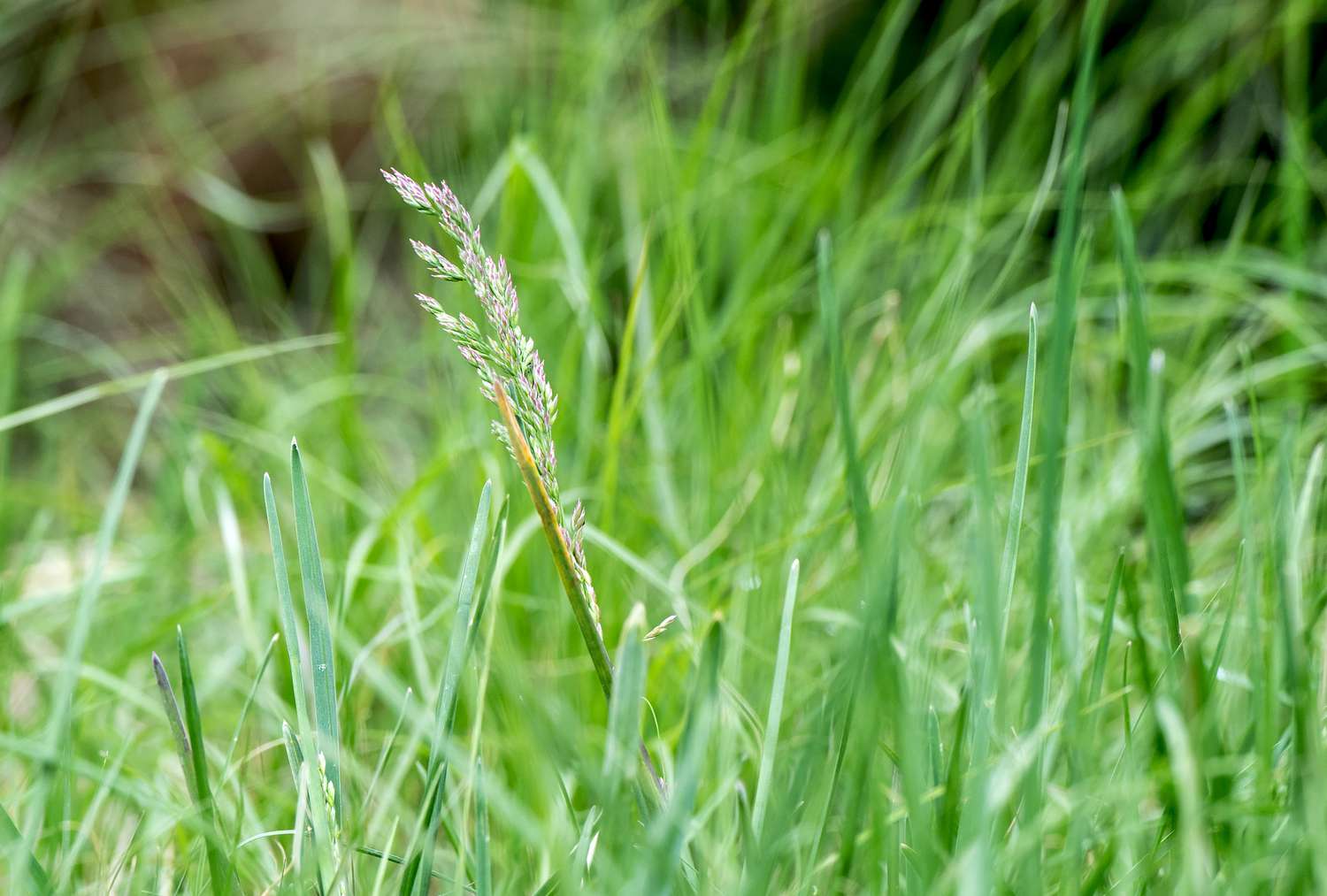

Landscaping Ideas
What Is Buffalo Grass
Modified: March 25, 2024
Learn about the benefits of using buffalo grass in landscaping and discover creative landscaping ideas to enhance your outdoor space. Explore the low-maintenance and drought-resistant features of buffalo grass.
(Many of the links in this article redirect to a specific reviewed product. Your purchase of these products through affiliate links helps to generate commission for Storables.com, at no extra cost. Learn more)
Introduction
Welcome to the wonderful world of buffalo grass! If you’re in search of a low-maintenance, drought-tolerant, and visually appealing lawn option, then buffalo grass might just be the perfect fit for you. This resilient grass variety has been gaining popularity among homeowners, landscapers, and environmental enthusiasts for its remarkable attributes and adaptability.
Native to the North American prairies, buffalo grass (Buchloe dactyloides) is a warm-season perennial grass known for its fine texture, lush green color, and ability to thrive in challenging conditions. Whether you’re a landscaping enthusiast or simply someone who appreciates the beauty of a vibrant, eco-friendly lawn, understanding the characteristics, growing methods, maintenance requirements, and uses of buffalo grass can open up a world of possibilities for your outdoor space.
In this comprehensive guide, we’ll delve into the fascinating world of buffalo grass, exploring its unique characteristics, tips for successful cultivation, best practices for maintenance and care, and the diverse ways in which this versatile grass can be utilized in landscaping. By the end of this journey, you’ll have a deep understanding of buffalo grass and how it can elevate the aesthetics and functionality of your outdoor environment.
Key Takeaways:
- Buffalo grass is a resilient, low-maintenance, and visually appealing option for lawns, making it perfect for water-conscious landscaping and regions with challenging growing conditions.
- Its adaptability, fine texture, and ability to thrive in diverse climates make buffalo grass a top choice for sustainable and visually captivating landscaping solutions.
Read more: How To Plant Buffalo Grass Seed
Characteristics of Buffalo Grass
Buffalo grass boasts a myriad of characteristics that make it a standout choice for lawns and landscapes. Understanding these distinctive traits is crucial for anyone considering the cultivation of this resilient grass variety:
- Drought Tolerance: Buffalo grass is renowned for its exceptional drought tolerance, making it an ideal option for regions with limited water availability. Its deep root system enables it to withstand prolonged periods of dryness, making it a sustainable choice for water-conscious landscaping.
- Low Maintenance: This grass variety requires minimal upkeep, making it a favorite among homeowners and landscapers seeking a low-maintenance lawn option. With its slow growth habit and reduced mowing frequency, buffalo grass offers a hassle-free landscaping solution.
- Adaptability: Buffalo grass exhibits remarkable adaptability to various soil types, including clay, loam, and sandy soils. It can thrive in both full sun and partially shaded areas, offering versatility in landscaping applications.
- Fine Texture: The fine texture of buffalo grass lends an elegant and soft appearance to lawns, adding a touch of sophistication to outdoor spaces. Its lush green color further enhances its visual appeal, creating a welcoming and vibrant landscape.
- Cold and Heat Tolerance: Buffalo grass demonstrates resilience in the face of temperature extremes, tolerating both cold winters and scorching summers. This adaptability to diverse climatic conditions makes it a reliable choice for regions with fluctuating weather patterns.
These characteristics collectively contribute to the allure of buffalo grass, positioning it as a top contender for sustainable and visually captivating landscaping solutions. Whether you’re seeking a resilient lawn option or aiming to enhance the ecological balance of your outdoor environment, buffalo grass stands out as a versatile and practical choice.
Growing Buffalo Grass
When it comes to cultivating buffalo grass, a strategic approach can lead to a thriving and visually appealing lawn. Here are the key steps to consider when growing buffalo grass:
- Site Selection: Choose a planting site that receives ample sunlight, as buffalo grass thrives in full sun. Additionally, ensure that the soil is well-draining to prevent waterlogging, which can hinder the growth of buffalo grass.
- Soil Preparation: Prior to planting buffalo grass seeds, prepare the soil by removing any debris, rocks, or weeds. Loosen the soil to a depth of 4-6 inches to facilitate root penetration and optimal growth.
- Seed Sowing: Buffalo grass can be propagated from seeds, plugs, or sod. When sowing seeds, ensure good seed-to-soil contact by lightly raking the soil after broadcasting the seeds. Keep the soil consistently moist during the germination period, which typically ranges from 10 to 21 days.
- Watering: During the establishment phase, provide regular watering to support the development of the grass. Once established, buffalo grass exhibits excellent drought tolerance and requires minimal irrigation, making it an eco-friendly choice for water-wise landscapes.
- Establishment Period: It’s important to allow buffalo grass sufficient time to establish itself. Avoid heavy foot traffic or mowing during the initial growth phase to promote healthy root development and overall vigor.
- Mowing: When the grass reaches a height of 3-4 inches, it can be mowed to a height of 2-3 inches for a neatly manicured appearance. Mowing frequency is relatively low compared to other grass varieties, contributing to the low-maintenance appeal of buffalo grass.
By following these guidelines, you can lay the foundation for a lush and resilient buffalo grass lawn, creating an inviting and sustainable outdoor space for relaxation, recreation, and aesthetic enjoyment.
Buffalo grass is a warm-season grass that is drought-tolerant and low-maintenance. It is a great option for lawns in dry, hot climates and requires less water and mowing compared to other grasses.
Maintenance and Care of Buffalo Grass
Proper maintenance and care are essential for preserving the health and vitality of buffalo grass lawns. By implementing the following best practices, you can ensure the long-term success of your buffalo grass lawn:
- Fertilization: Buffalo grass has minimal fertilizer requirements compared to other grass species. A light application of a low-nitrogen fertilizer in late spring or early summer can support healthy growth without promoting excessive foliage, contributing to a more sustainable lawn care routine.
- Watering: While buffalo grass exhibits exceptional drought tolerance, supplemental watering during prolonged dry spells can help maintain its vibrant green color and overall vigor. Deep, infrequent watering is recommended to encourage deep root growth and enhance the grass’s resilience to dry conditions.
- Weed Control: Regular inspection and hand removal of weeds can help prevent invasive species from encroaching on the buffalo grass lawn. Additionally, maintaining a healthy turf through proper watering and mowing practices can naturally suppress weed growth.
- Aeration: Periodic core aeration can alleviate soil compaction and enhance air, water, and nutrient penetration in the root zone, promoting a healthier buffalo grass lawn.
- Overseeding: Over time, overseeding with buffalo grass can help replenish thin or bare areas, rejuvenating the overall density and lushness of the lawn. This practice is particularly beneficial for addressing localized wear and tear or environmental stress.
- Seasonal Maintenance: Adhering to seasonal maintenance tasks, such as dethatching in early spring and core aeration in fall, can optimize the resilience and visual appeal of the buffalo grass lawn, ensuring its long-term vitality.
By incorporating these maintenance and care practices into your lawn care regimen, you can uphold the beauty and resilience of buffalo grass, creating a sustainable and visually captivating landscape for years to come.
Uses of Buffalo Grass
Buffalo grass offers a wide range of applications, making it a versatile and valuable asset in landscaping and environmental conservation. Here are some of the diverse uses of buffalo grass:
- Lawn Turf: Buffalo grass is widely utilized as a low-maintenance and visually appealing lawn turf, adorning residential, commercial, and public landscapes with its lush green carpet-like appearance. Its resilience and adaptability make it an ideal choice for lawns in regions with challenging growing conditions.
- Erosion Control: Due to its deep root system and robust growth habit, buffalo grass is employed in erosion control efforts, stabilizing soil on slopes, embankments, and other vulnerable areas. Its ability to withstand dry conditions further enhances its effectiveness in erosion-prone landscapes.
- Native Landscaping: As a native grass species, buffalo grass is a favored component in native landscaping projects, contributing to the restoration and preservation of natural ecosystems. Its ecological value extends to supporting native wildlife and enhancing biodiversity in urban and rural settings.
- Parks and Recreational Spaces: Buffalo grass is often featured in parks, recreational fields, and open spaces, providing a resilient and inviting surface for various outdoor activities. Its low maintenance requirements and ability to withstand heavy use make it a practical choice for public landscapes.
- Green Roofs and Sustainable Landscapes: The adaptability and ecological benefits of buffalo grass make it a suitable candidate for green roof installations and sustainable landscape designs. Its capacity to thrive in limited soil depths and endure harsh environmental conditions aligns with the principles of sustainable urban development.
- Wildlife Habitat Enhancement: Buffalo grass contributes to the creation of wildlife-friendly habitats, offering cover and foraging opportunities for various species. Its inclusion in habitat restoration initiatives supports the conservation of native flora and fauna, fostering a balanced and resilient ecosystem.
These diverse uses underscore the significance of buffalo grass in both functional and ecological contexts, showcasing its value as a sustainable landscaping solution and a contributor to environmental conservation efforts.
Read more: How To Plant Buffalo Grass
Conclusion
As we conclude our exploration of buffalo grass, it becomes evident that this resilient and versatile grass species holds immense potential for transforming landscapes and promoting sustainable outdoor environments. From its exceptional drought tolerance and low maintenance requirements to its diverse applications in erosion control, native landscaping, and wildlife habitat enhancement, buffalo grass emerges as a valuable asset in the realm of landscaping and environmental conservation.
By understanding the unique characteristics, cultivation methods, and maintenance practices associated with buffalo grass, homeowners, landscapers, and conservation enthusiasts can harness its inherent benefits to create vibrant, resilient, and ecologically sound outdoor spaces. Whether it’s adorning residential lawns, stabilizing slopes, enhancing biodiversity, or contributing to sustainable urban development, buffalo grass stands as a testament to the inherent beauty and functionality of native grass species.
As we embrace the principles of water-wise landscaping, ecological balance, and sustainable land management, buffalo grass serves as a beacon of inspiration, illustrating the harmonious coexistence of practicality and environmental stewardship. Its ability to thrive in adverse conditions, support native ecosystems, and provide a visually captivating landscape underscores its significance in the broader context of sustainable landscaping and conservation initiatives.
Whether you’re seeking a resilient lawn option, an erosion control solution, or a contributor to wildlife habitat restoration, buffalo grass offers a compelling array of benefits and applications. As we look to the future of landscaping and environmental sustainability, the enduring appeal and practicality of buffalo grass position it as a cornerstone in the pursuit of resilient, visually striking, and ecologically responsible outdoor spaces.
So, as you embark on your landscaping endeavors or environmental conservation initiatives, consider the remarkable potential of buffalo grass – a grass variety that not only adorns landscapes but also enriches the ecological tapestry of our surroundings, one blade at a time.
Frequently Asked Questions about What Is Buffalo Grass
Was this page helpful?
At Storables.com, we guarantee accurate and reliable information. Our content, validated by Expert Board Contributors, is crafted following stringent Editorial Policies. We're committed to providing you with well-researched, expert-backed insights for all your informational needs.
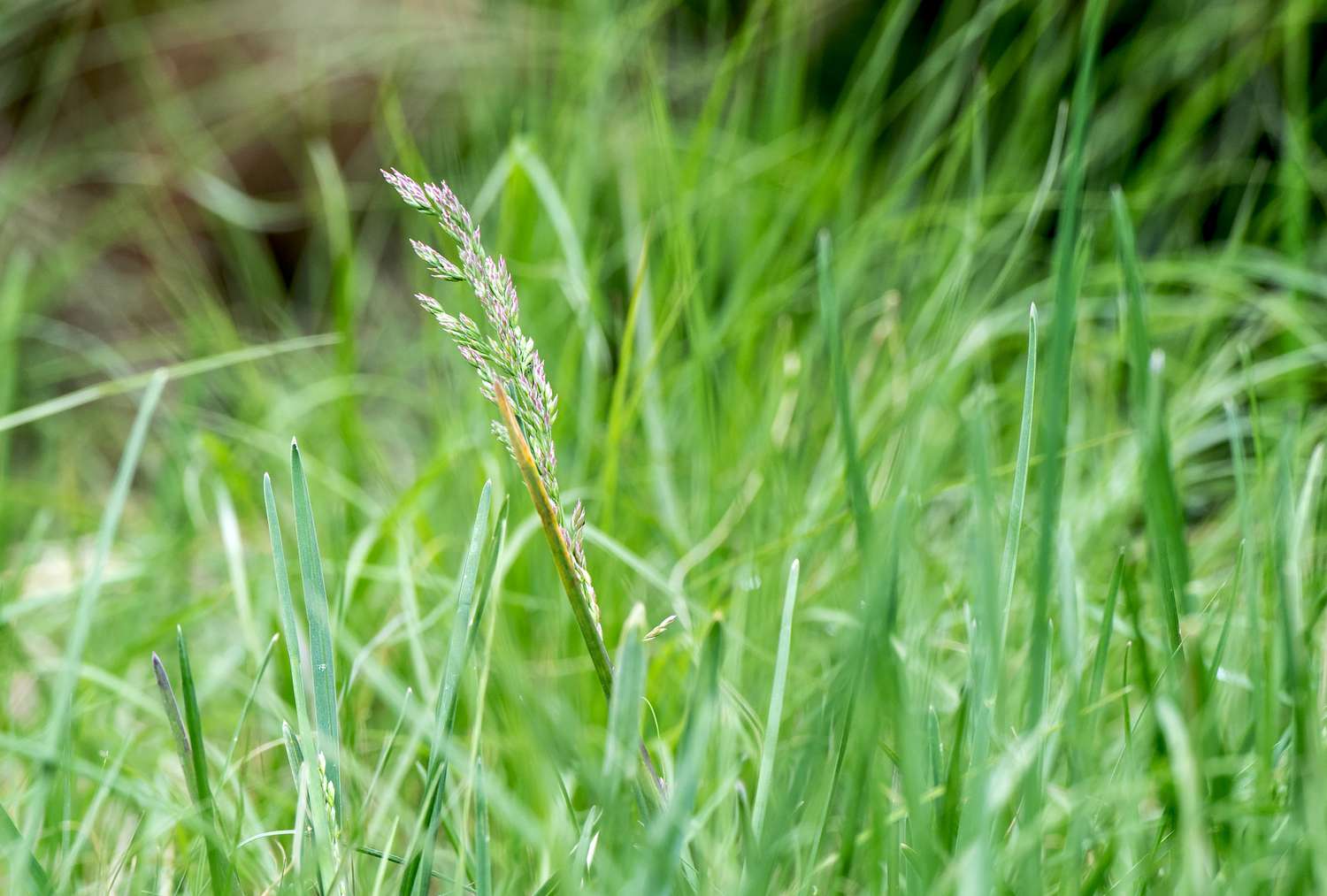
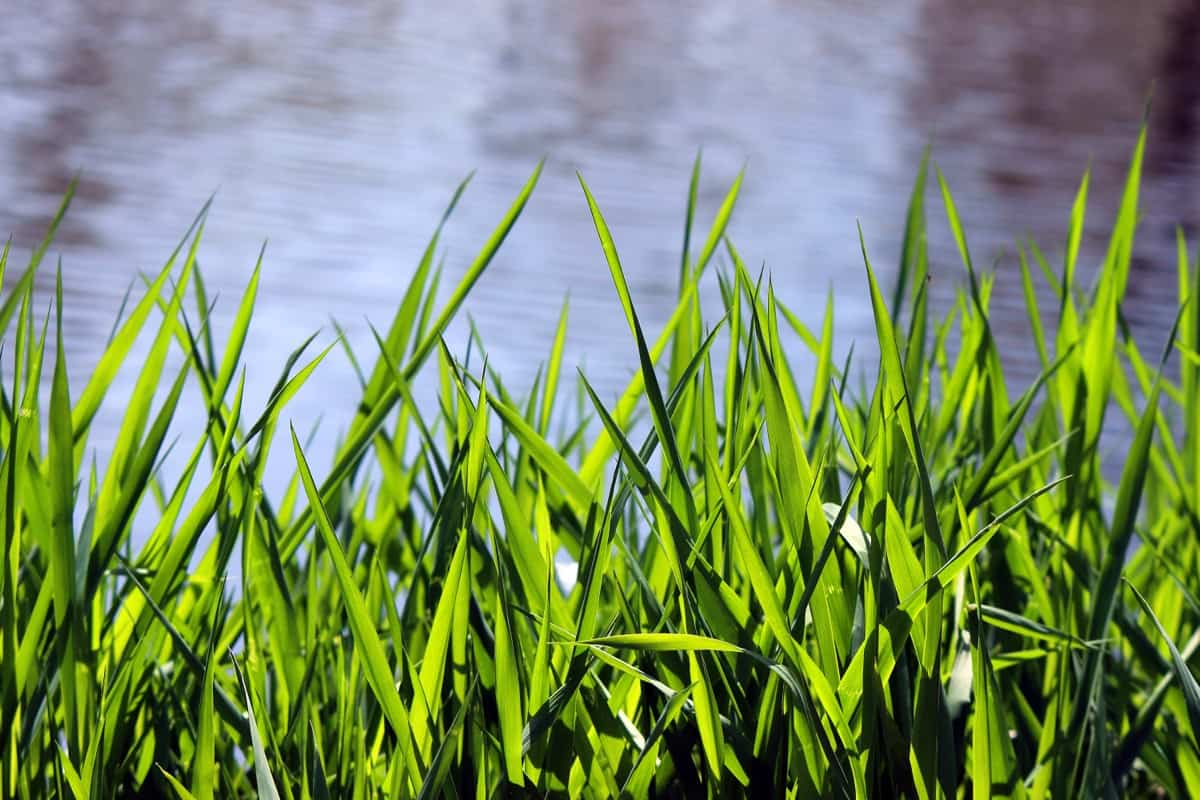
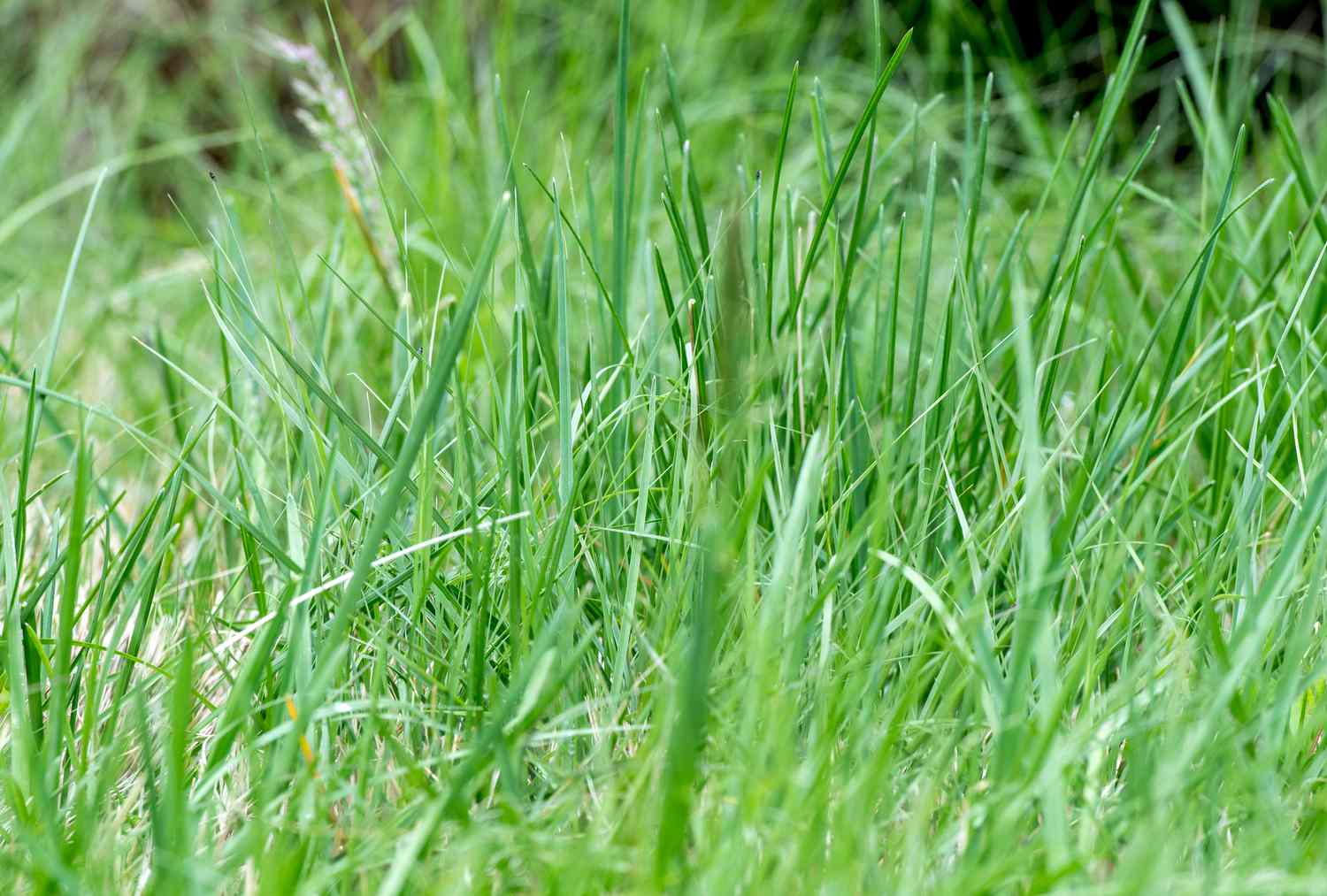
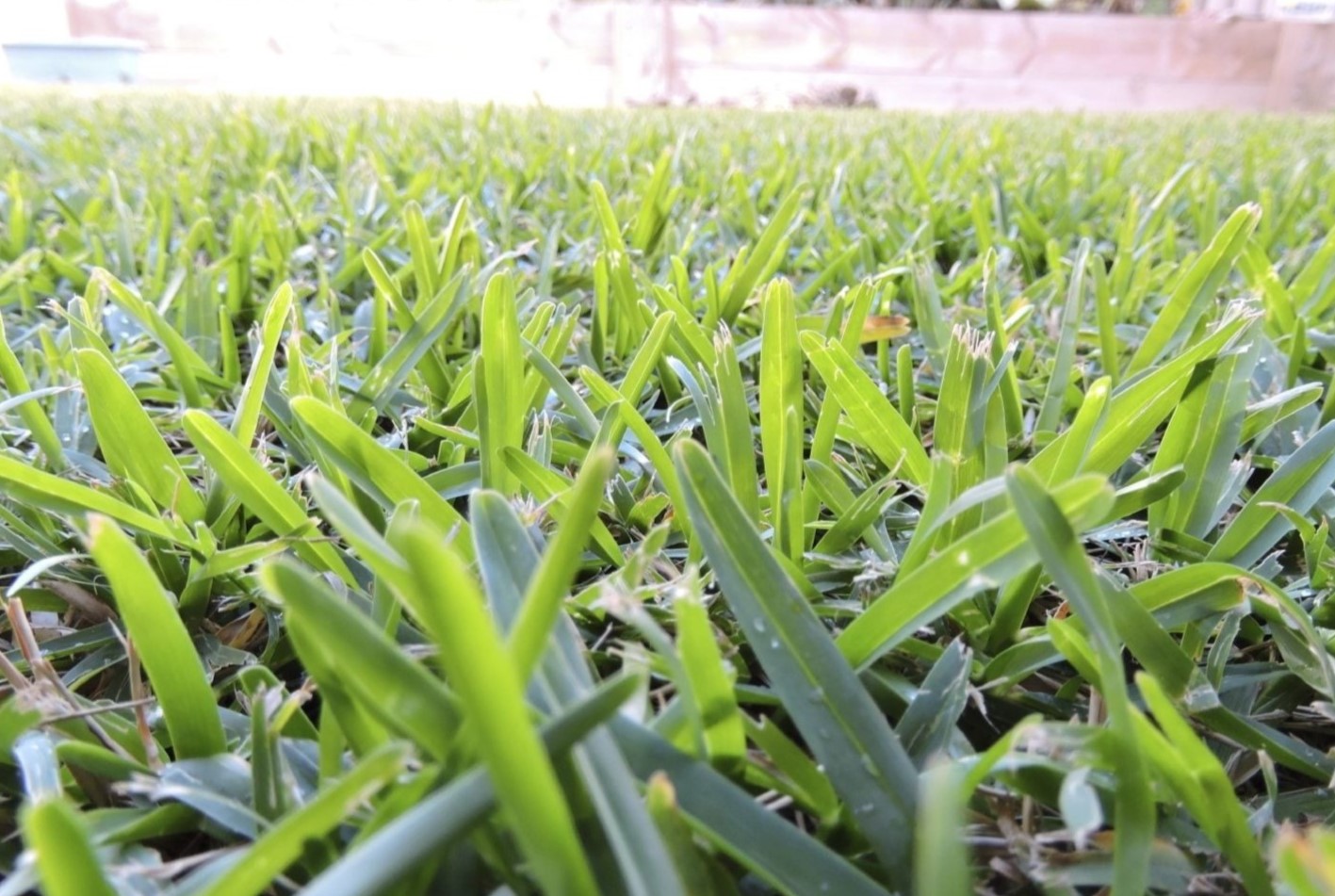
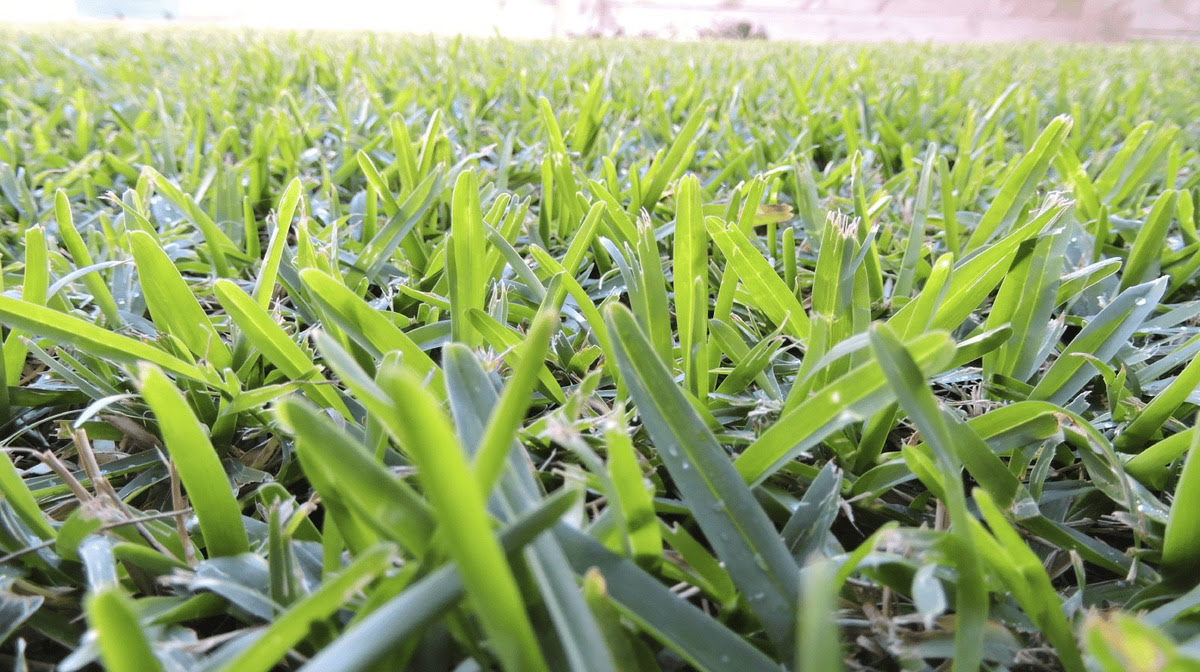
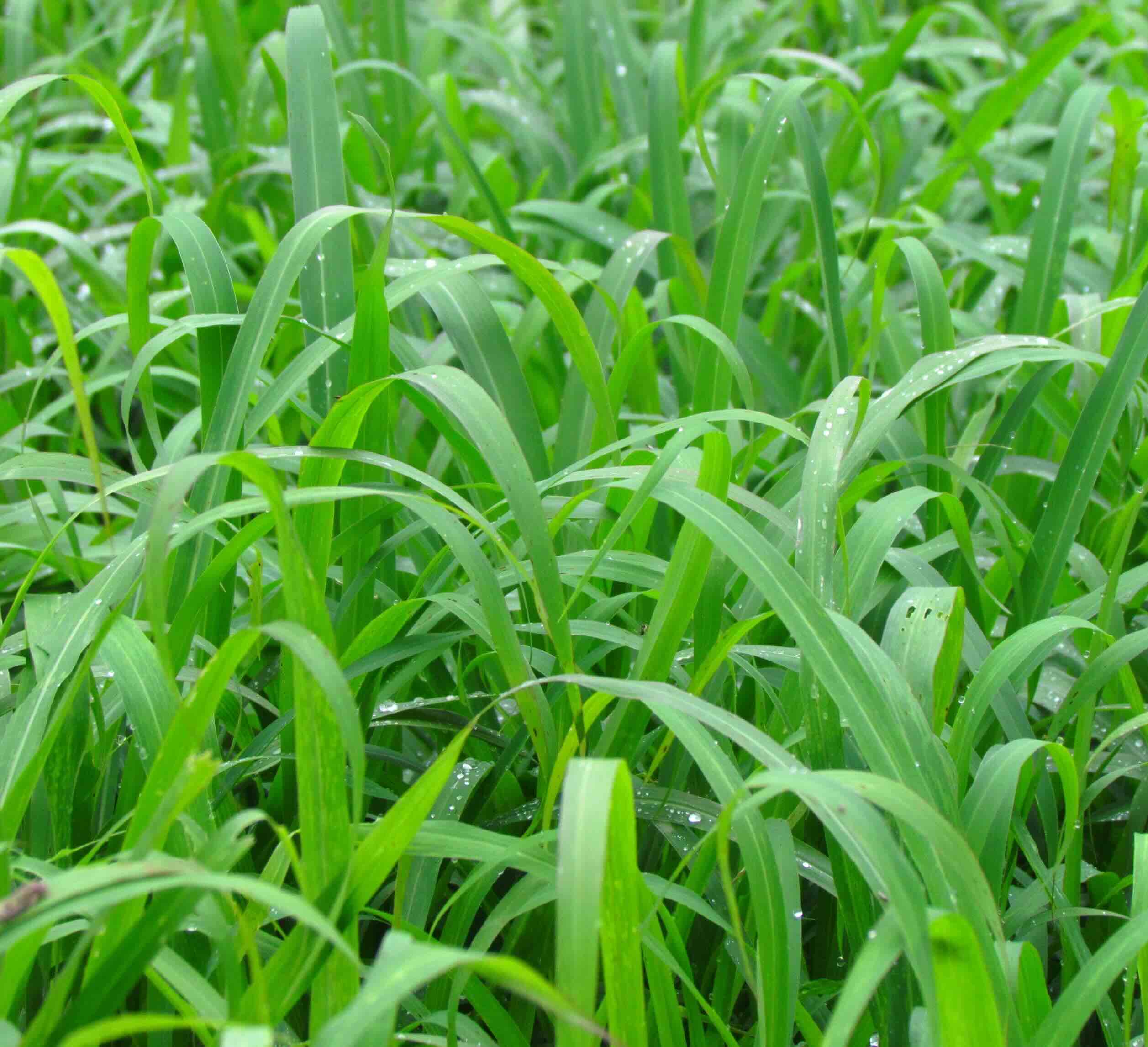
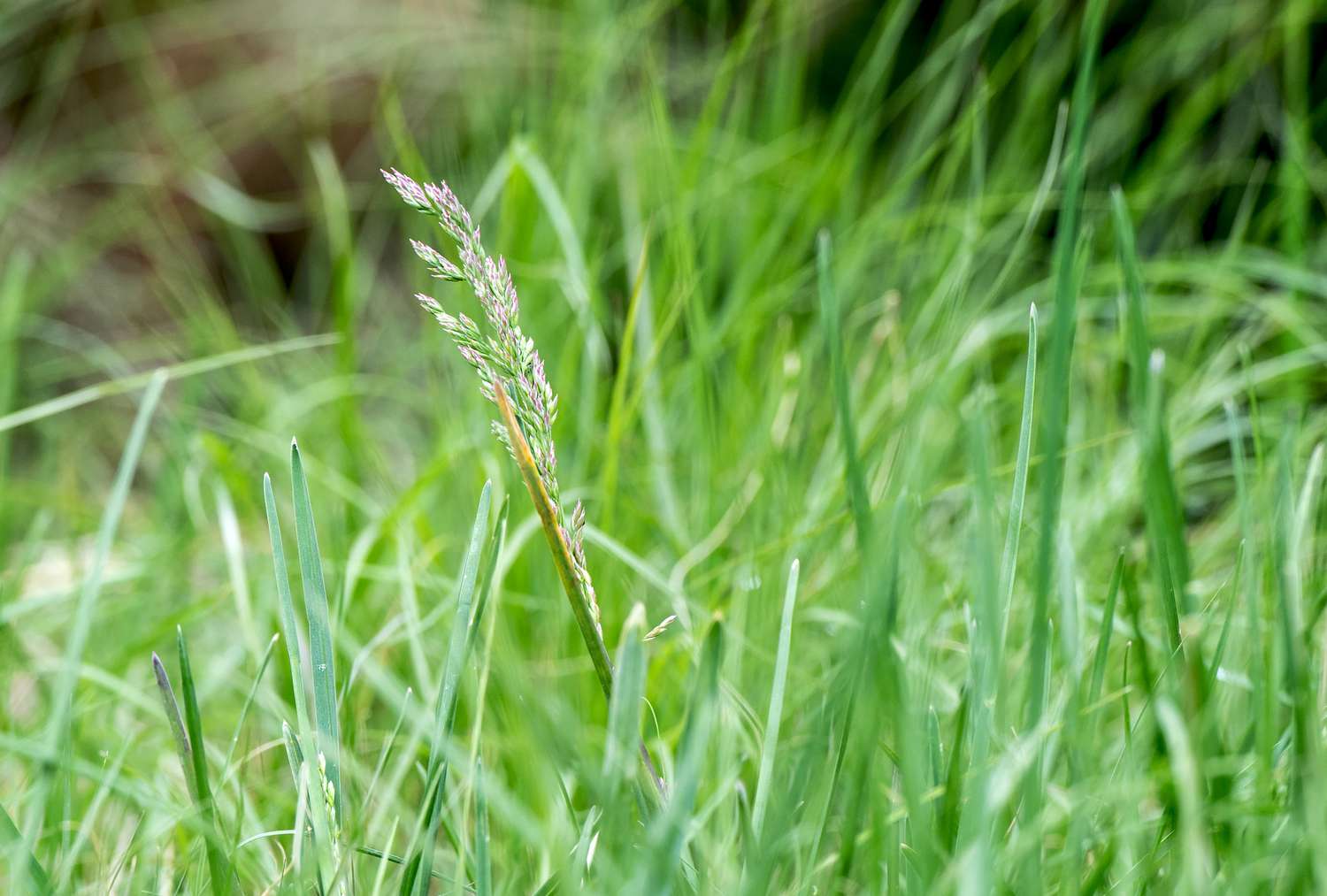

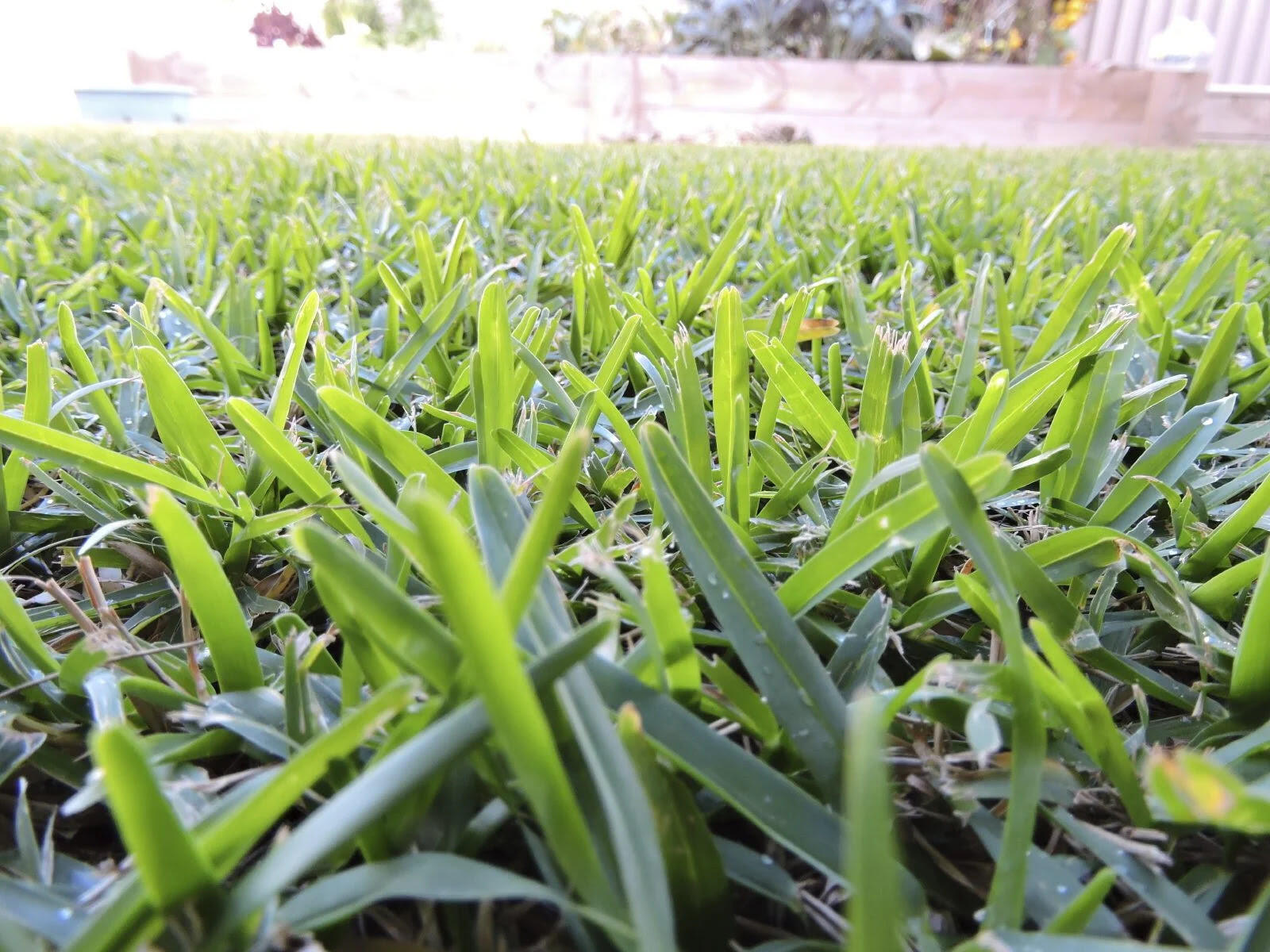






0 thoughts on “What Is Buffalo Grass”